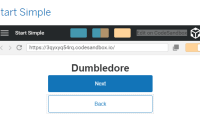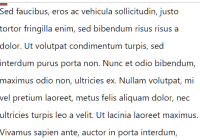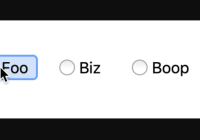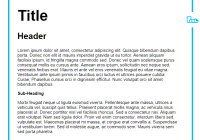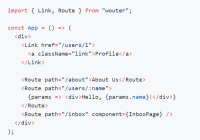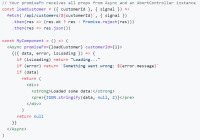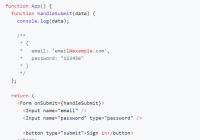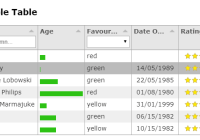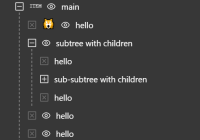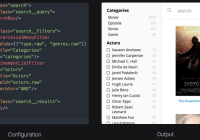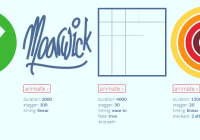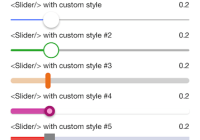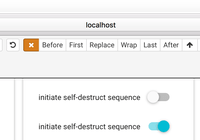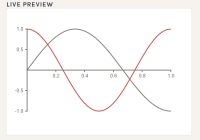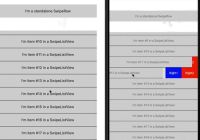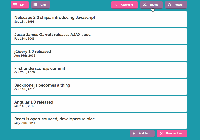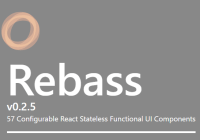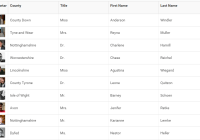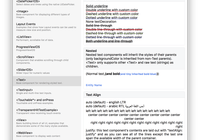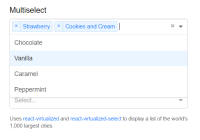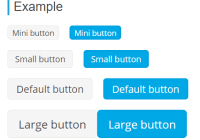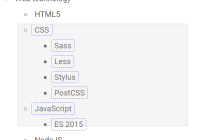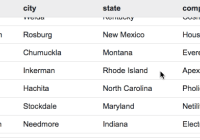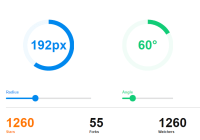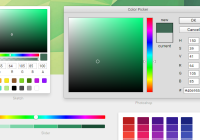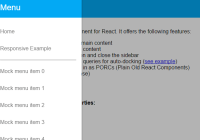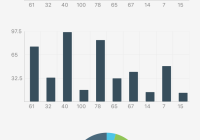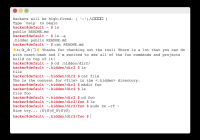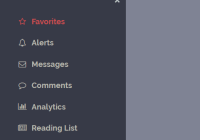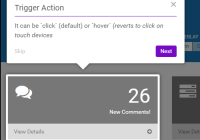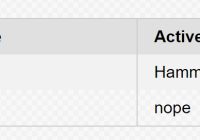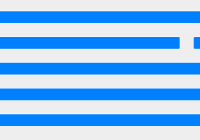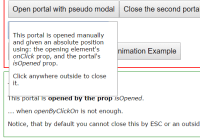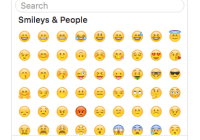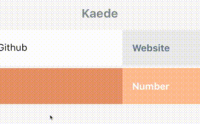RIFM - React Input Format & Mask
Is a tiny (≈ 800b) component to transform any input component into formatted or masked input.
Highlights
- Requires React 16.8+
- Dependency free
- Tiny (≈ 800b)
- Supports any input.
- Can mask input, format and more
- Small readable source
- flow + typescript definitions
Example
import { Rifm } from 'rifm'; import TextField from '@material-ui/core/TextField'; import { css } from 'emotion'; const numberFormat = (str: string) => { const r = parseInt(str.replace(/[^\d]+/gi, ''), 10); return r ? r.toLocaleString('en') : ''; } ... const [value, setValue] = React.useState('') <Rifm value={value} onChange={setValue} format={numberFormat} > {({ value, onChange }) => ( <TextField value={value} label={'Float'} onChange={onChange} className={css({input: {textAlign:"right"}})} type="tel" /> )} </Rifm> ...Install
yarn add rifmAPI
Terminology
Rifm is based on simple idea (*):
- format operation applied to input value after edit doesn't change the order of some symbols before cursor
* This is not always true, but we solve some edge cases where it's not.
Imagine you have simple integer number formatter with ` as thousands separator and current input state is 123`4|67 ("|" shows current cursor position).
User press 5 then formatted input must be equal to 1`234`5|67.
The overall order of elements has changed (was 1->2->3->`->4->... became 1->`->2->3->4...) but the order of digits before cursor hasn't changed (was 1->2->3->4 and hasn't changed).
The same is true for float numbers formatting, dates and more. Symbols with preserved order are different and depends on format. We call this kind of symbols - "accepted" symbols.
Rifm solves only one task - find the right place for cursor after formatting.
Knowledge about what symbols are "accepted" and cursor position after any user action is enough to find the final cursor position.
Most operations which are not covered with above idea like case enforcements, masks guides, floating point ","=>"." replacement can be done using simple postprocessing step - replace. This operation works well if you need to change input value without loosing cursor position.
And finaly masks - masks are usually is format with replace editing mode + some small cursor visual hacks.
Props
| Prop | type | default | Description |
|---|---|---|---|
| accept | RegExp (optional) | /\d/g | Regular expression to detect "accepted" symbols |
| format | string => string | format function | |
| value | string | input value | |
| onChange | string => void | event fired on input change | |
| children | ({ value, onChange }) => Node | value and onChange handler you need to pass to underlying input element | |
| mask | boolean (optional) | use replace input mode if true, use cursor visual hacks if prop provided | |
| replace | string => string (optional) | format postprocessor allows you to fully replace any/all symbol/s preserving cursor | |
| append | string => string (optional) | format postprocessor called only if cursor is in the last position and new symbols added, used for specific use-case to add non accepted symbol when you type |
See the Demo there are a lot of examples there.
Thanks
@TrySound for incredible help and support on this

